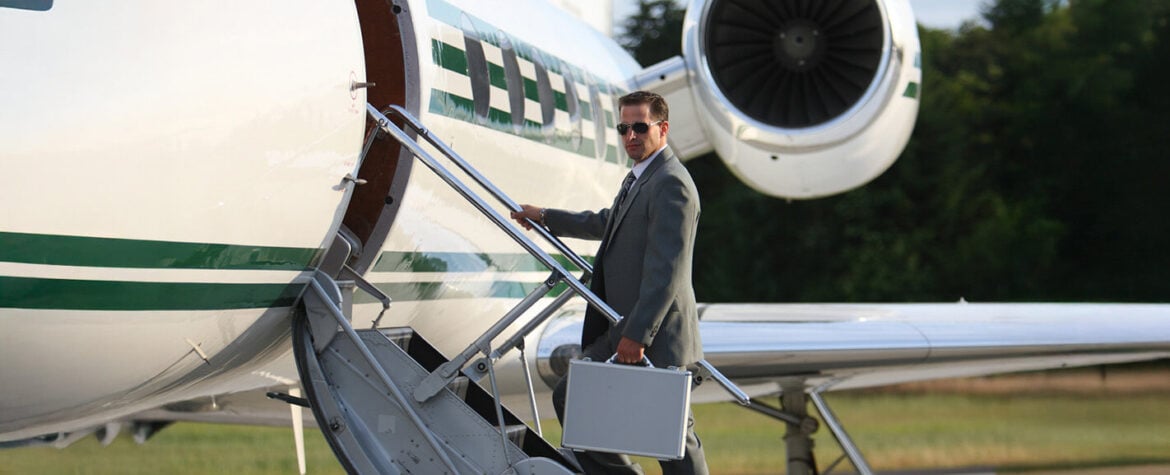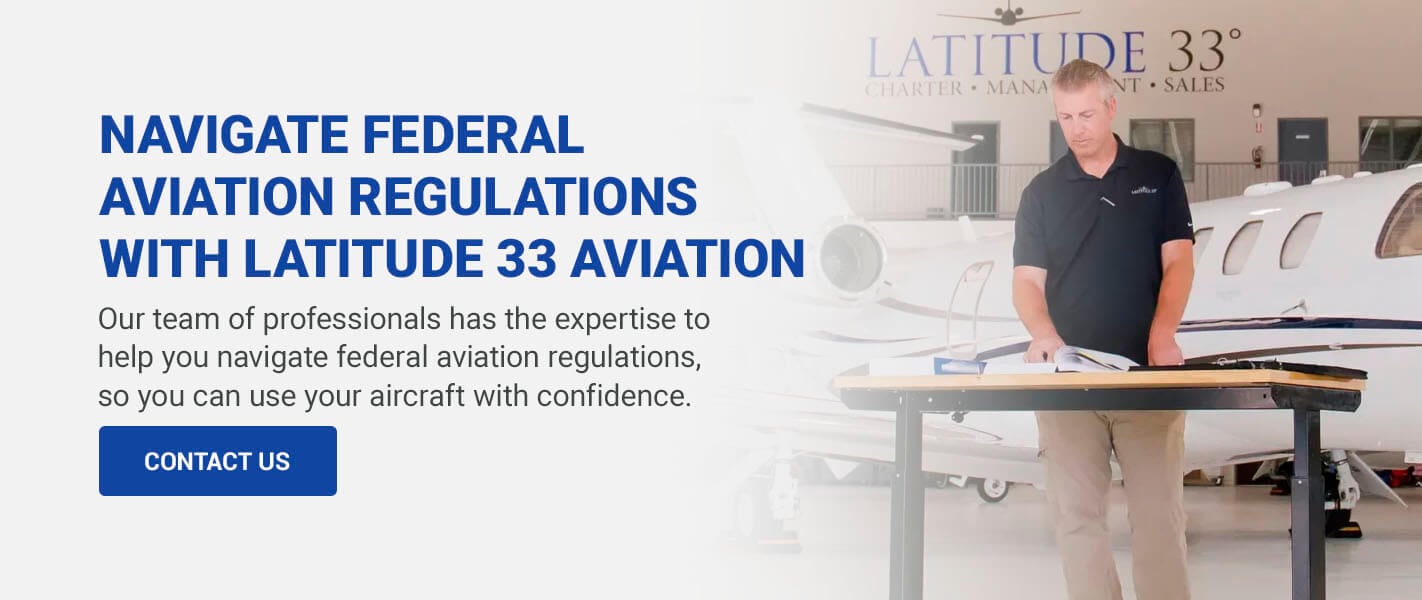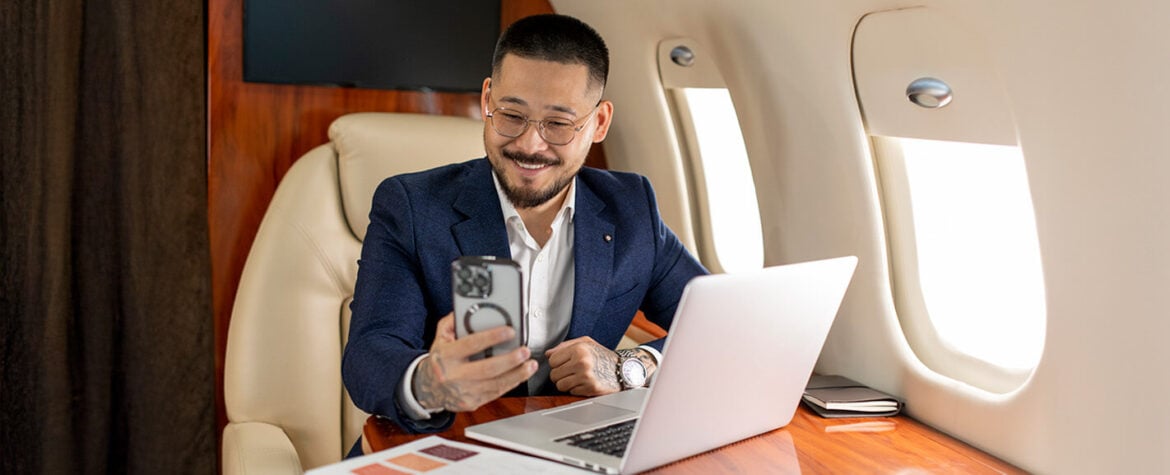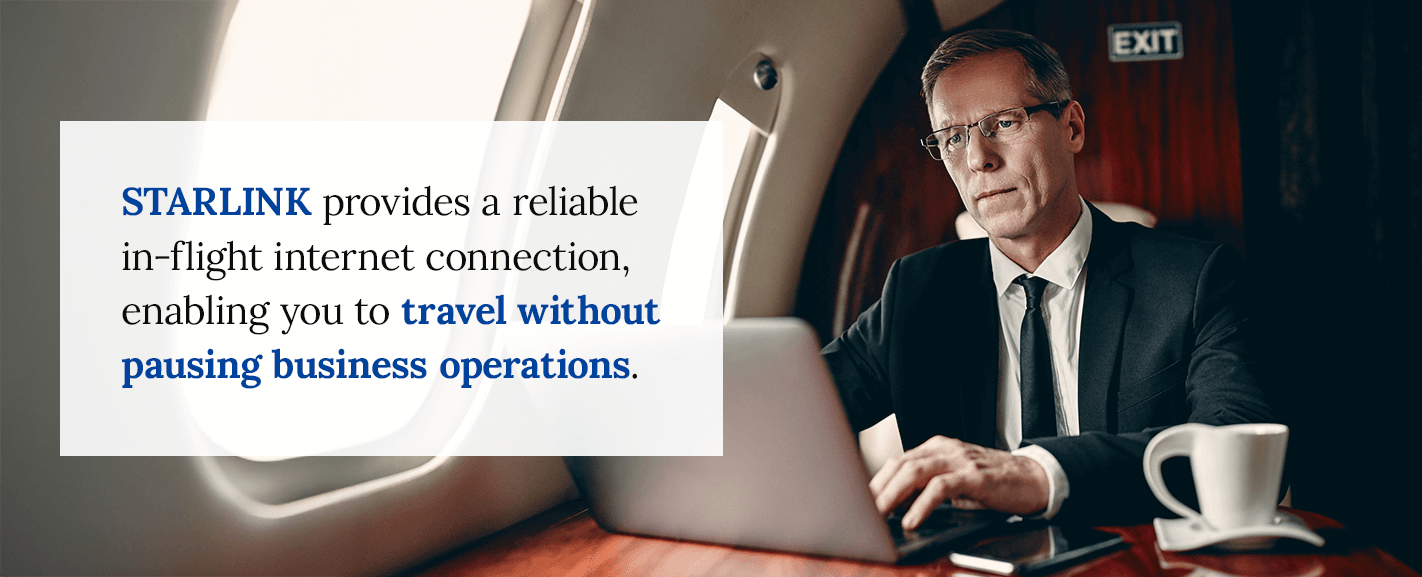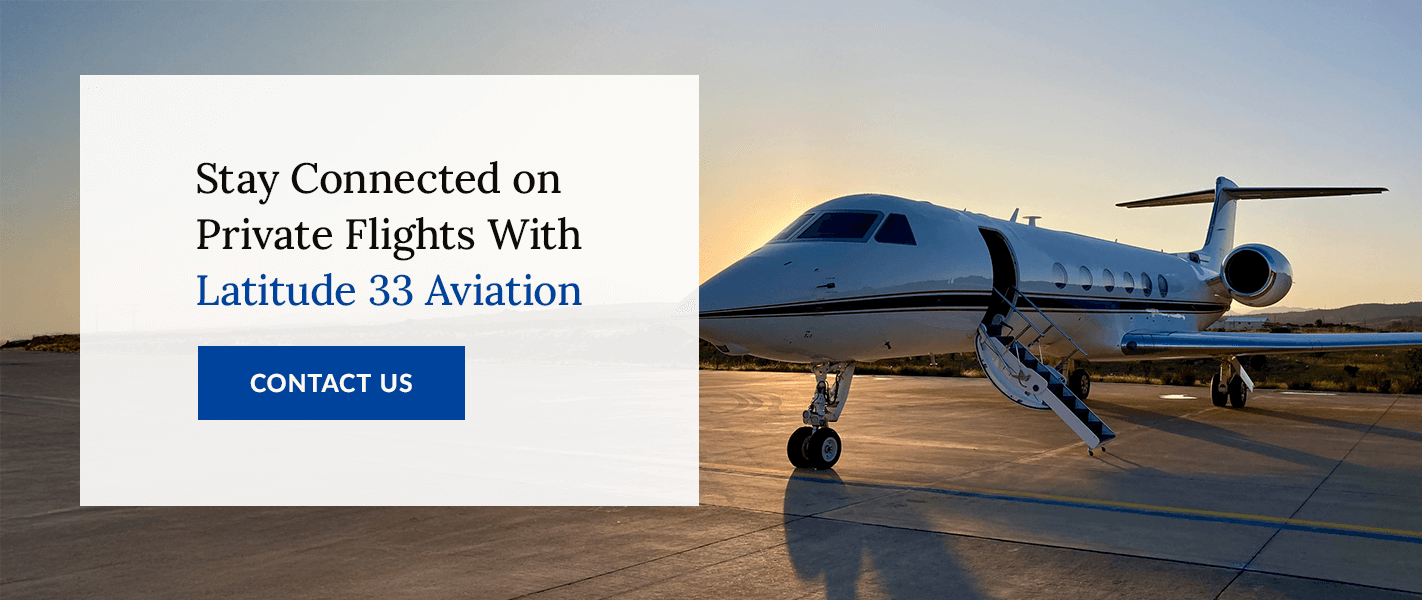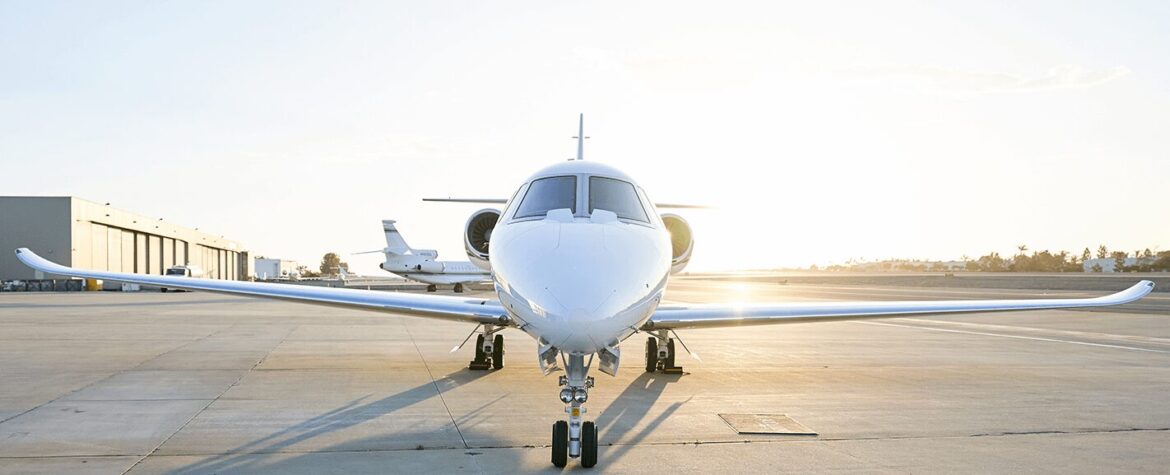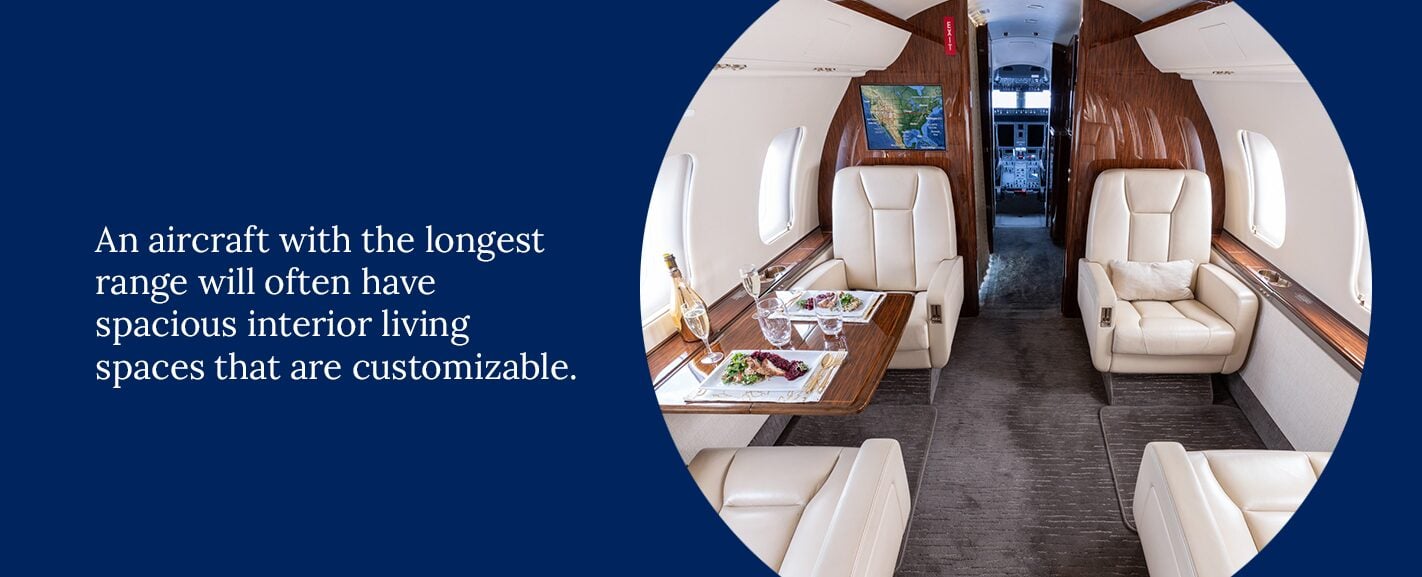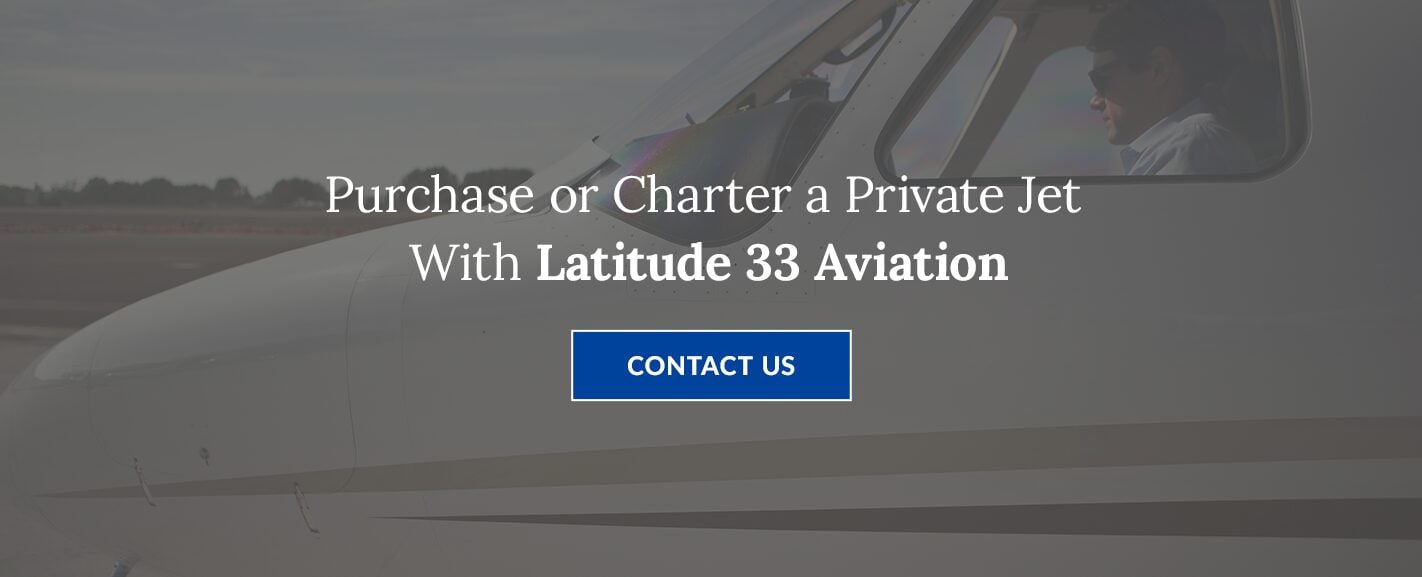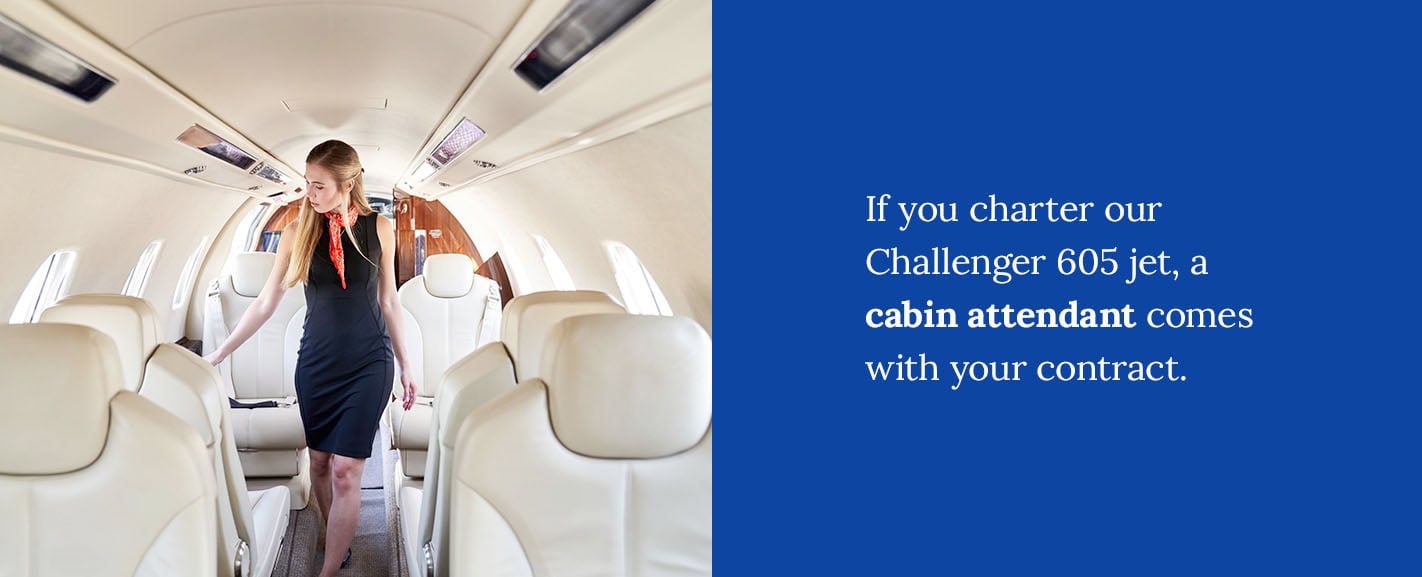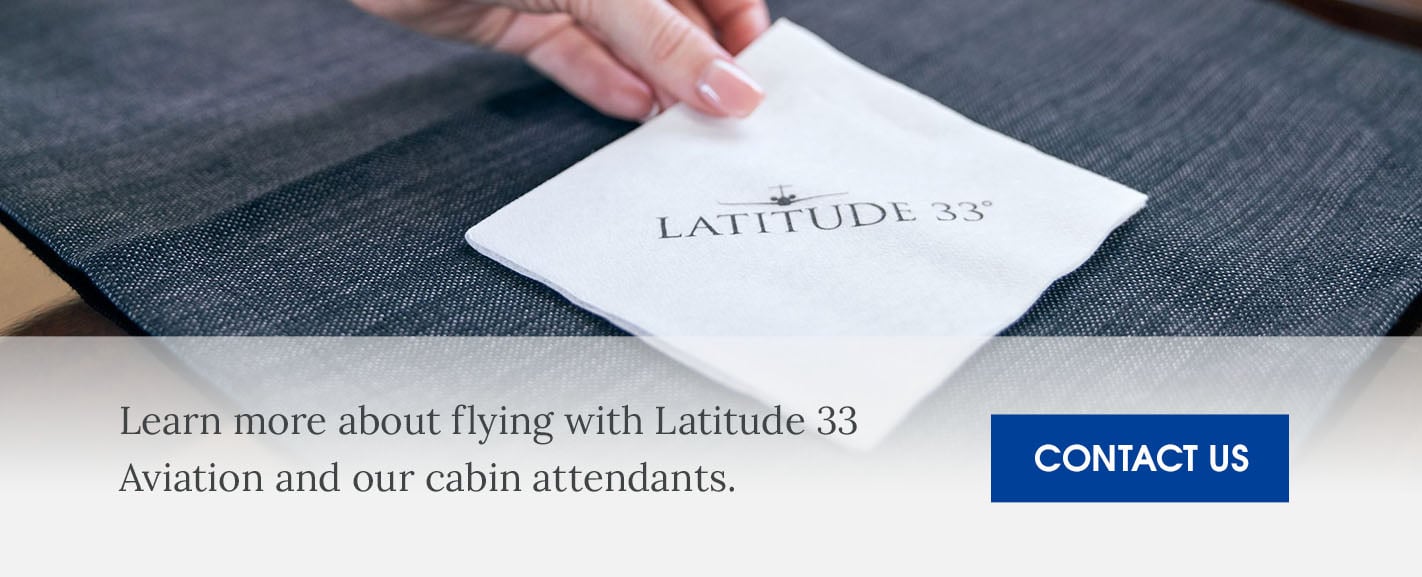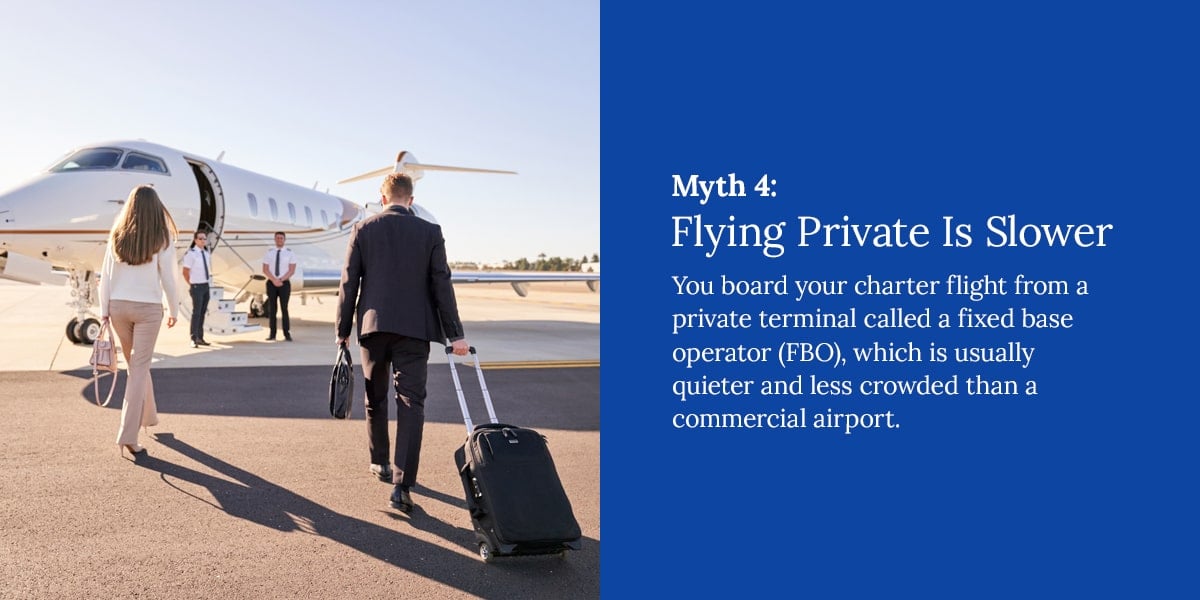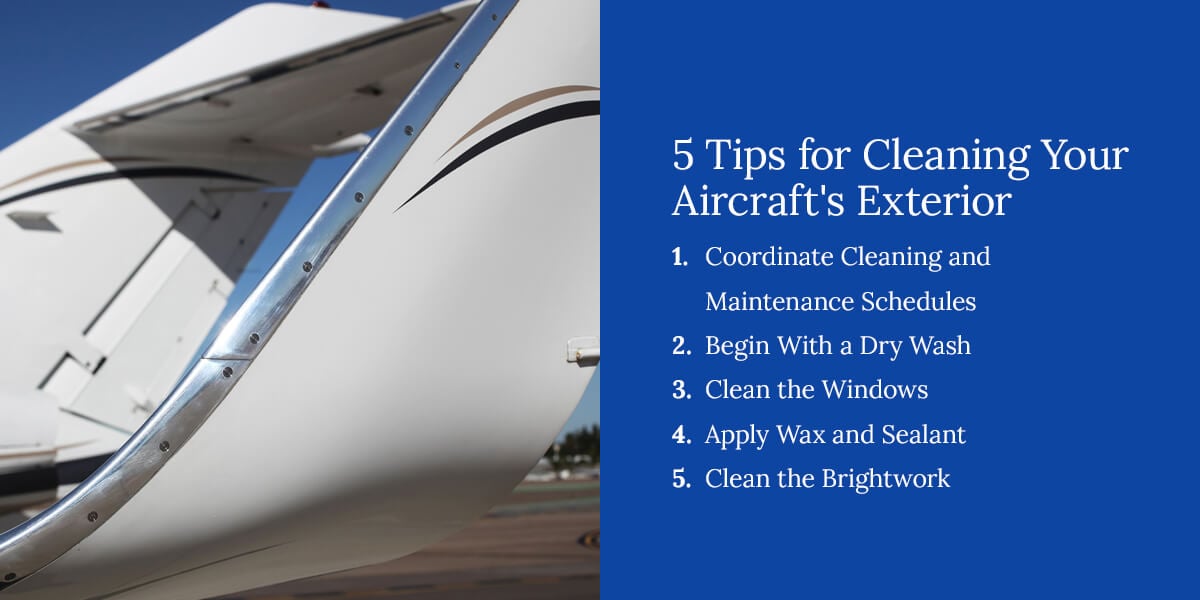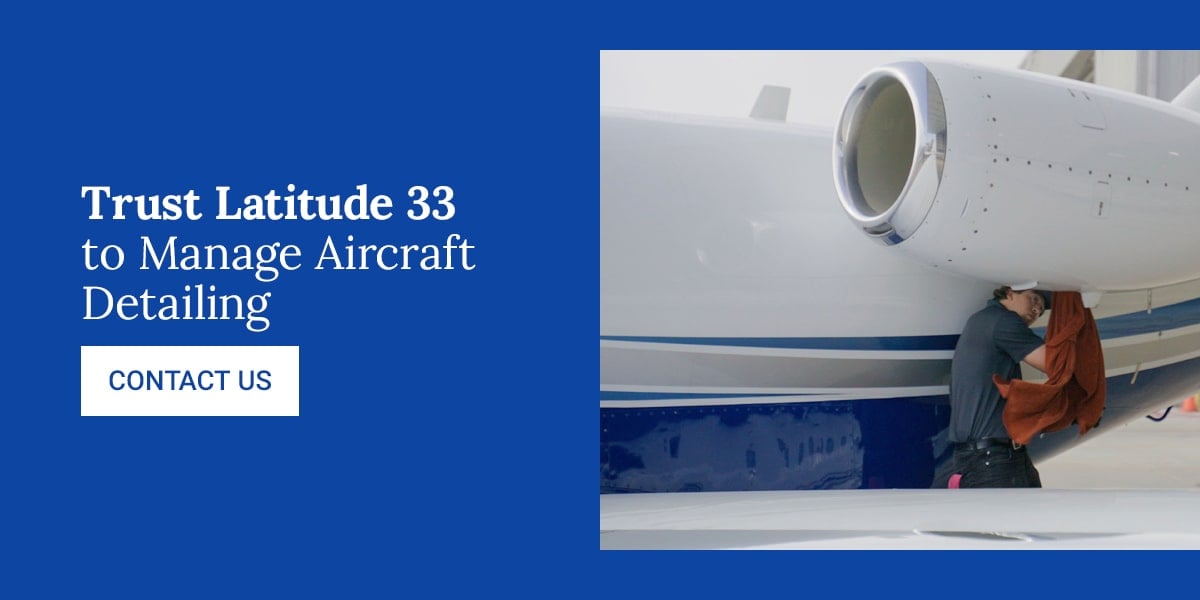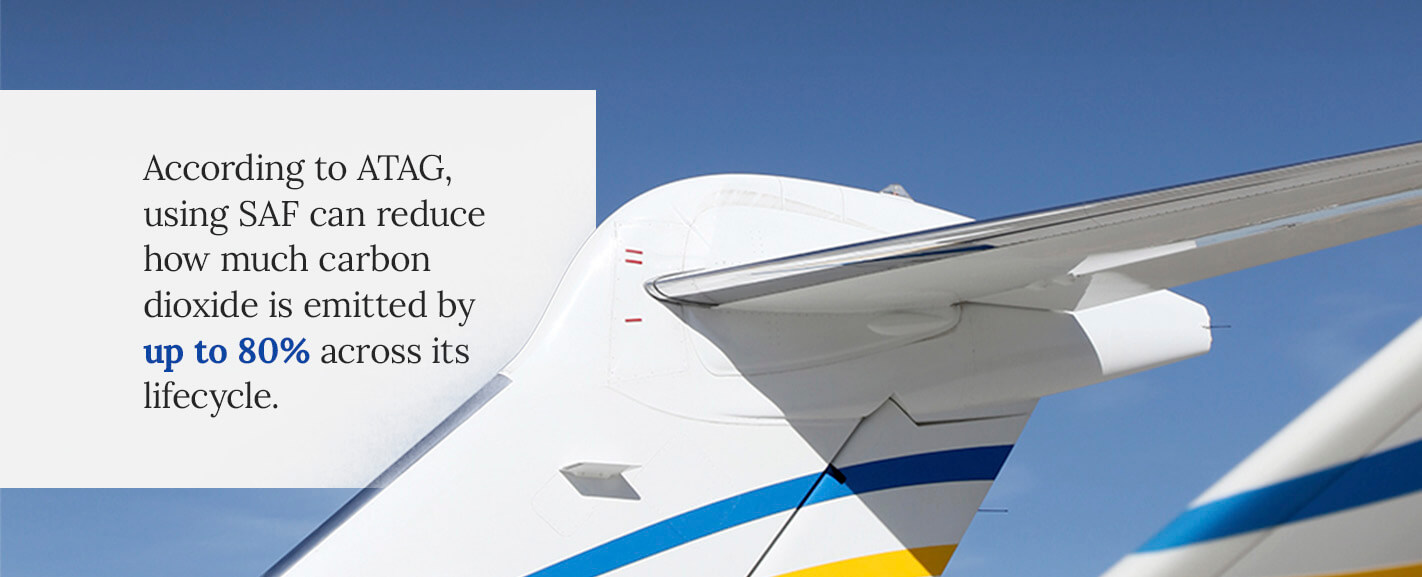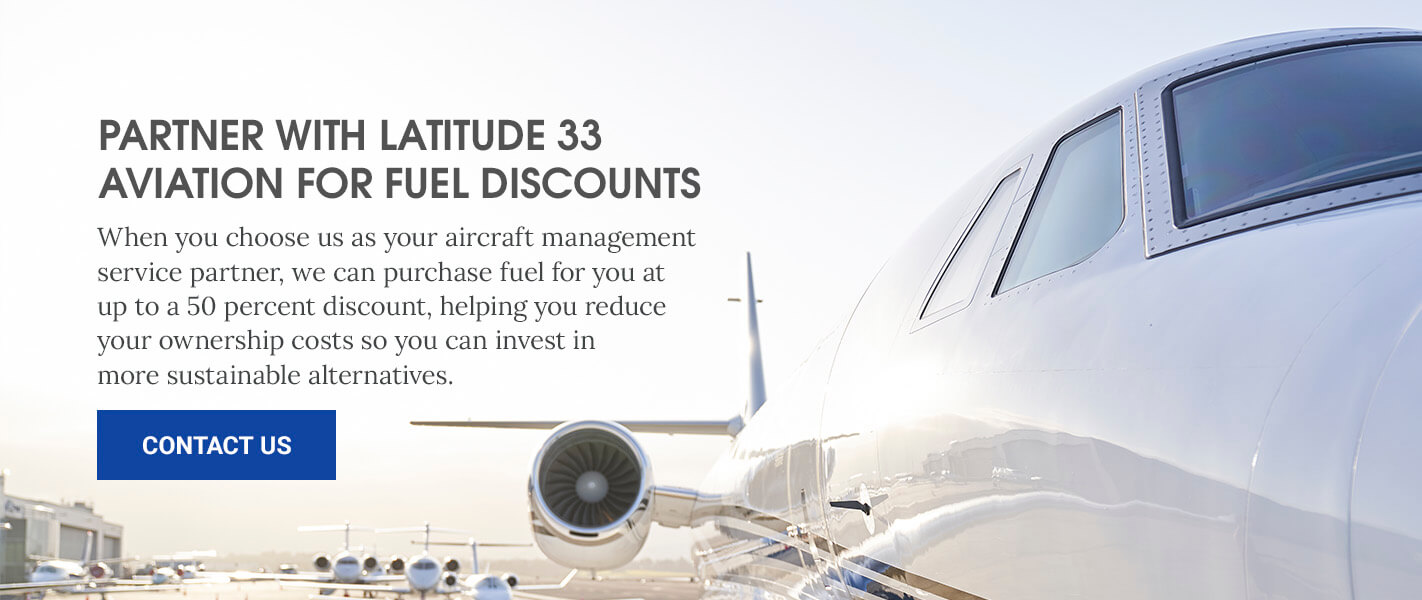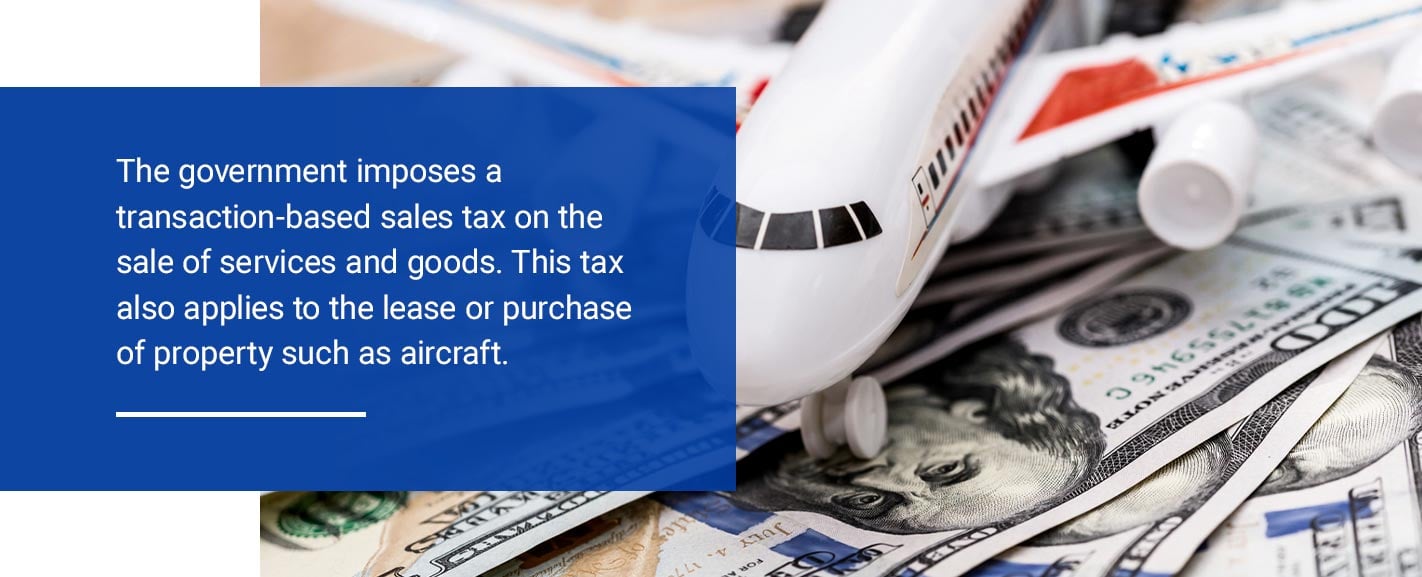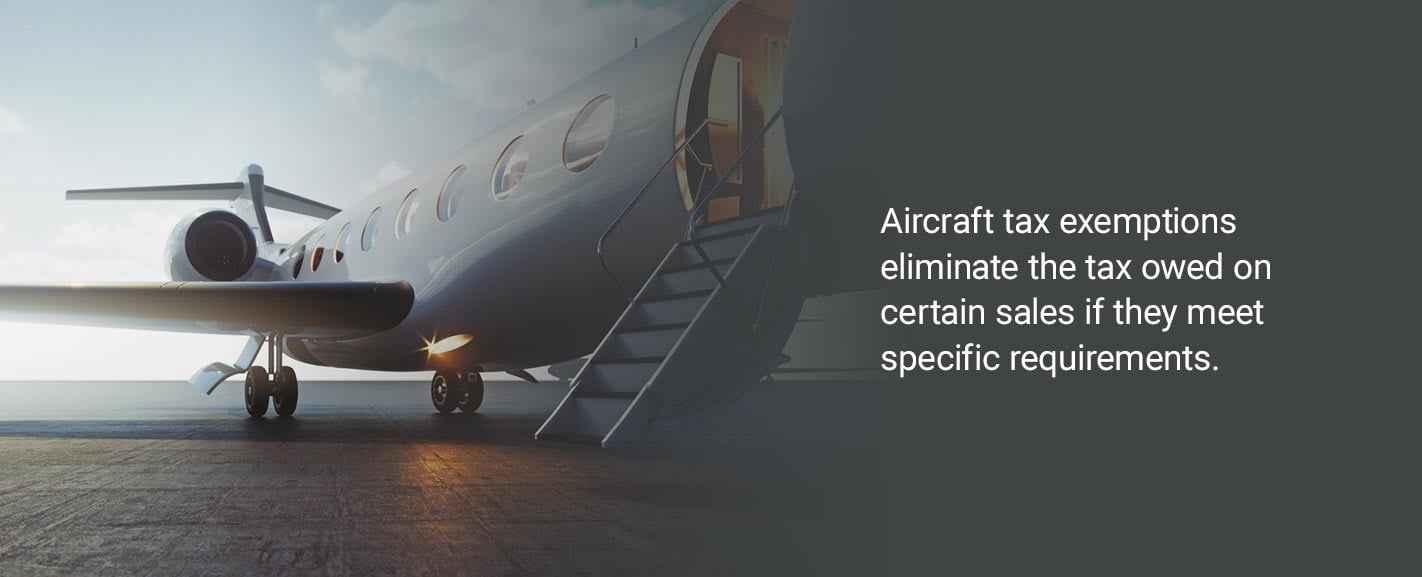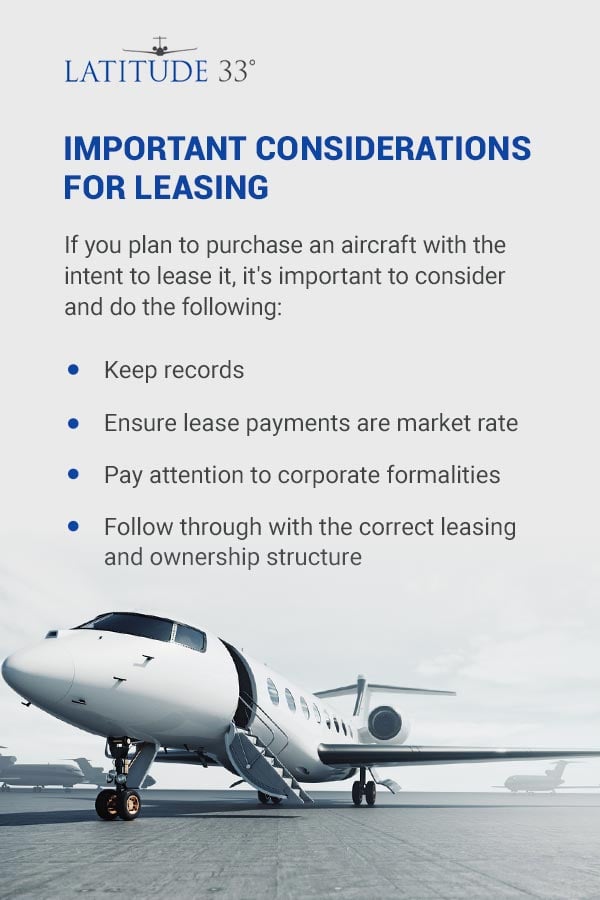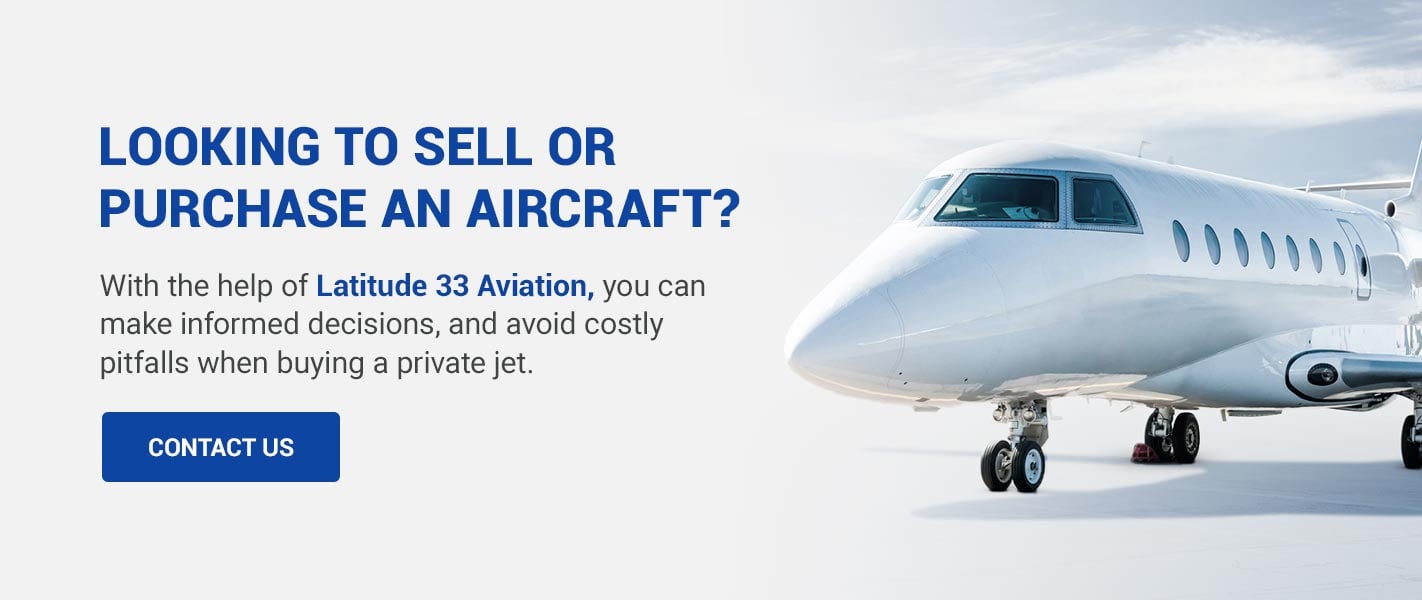As you consider the specific ways you’ll be utilizing your private jet, you must ensure you’re following all necessary regulations. Will you be using your aircraft for private transportation? Will you be using your aircraft to earn revenue with charter flights? These are just two examples of how you can use your private aircraft, but the private jet regulations you must follow in both instances differ.
The Federal Aviation Administration (FAA) holds certain regulations you are to follow based on how you plan to use a private jet. The requirements are called Federal Aviation Regulations (FARs). Learn the main differences between Part 91 and Part 135 so that you can travel safely and abide by applicable laws.
Defining Part 91 Operations
In Part 91 operations, you can only provide flights in noncommercial situations. The FAR regulations governing Part 91 operations are all noncommercial in nature, so you are unable to receive compensation or reimbursement for flights. The moment you get paid for the use of your aircraft, you’ve completed a commercial transaction.
When flying according to Part 91 certifications, you will be subject to a set of conditions under which the aircraft must operate. These guidelines include safe weather requirements, necessary landing distances, and proper pilot training. You will also need limited insurance to fly noncommercially under Part 91 guidelines to safeguard yourself from liability should something unforeseen occur.
Since Part 91 operations govern noncommercial flight situations, you have more freedom in operating your private aircraft. This is to give private operators more flexibility in how they use their aircraft while still providing a framework for safe, consistent operations.
Under Part 91 operations, there are some situations when payment can be made to the operator for the use of the private aircraft. This can occur in circumstances when the aircraft operator is paying the same amount of money as the individuals flying from point A to point B. As an example, if there are five people in the aircraft, you will have to pay one-sixth of the total cost of the flight.
Defining Part 135 Operations
Part 135 regulations relate to non-scheduled, commercial aircraft travel. The most common examples are private air charters or air taxi flights — both require payment for the desired travel experience. The FAA has stricter legal frameworks for noncommercial vs. commercial flight regulations, so it’s important to understand them to verify you’re following all requirements and guidelines.
Due to the back-end support and structure of Part 135 operations, the process of earning Part 135 certifications is quite involved. This includes Air Carrier Certificates and Operating Certificates administered by the FAA. After achieving certification, you must follow all operating guidelines to stay safe and legal as you use your private aircraft commercially.
Aside from having a complete management crew, you must also utilize flight-following technology. These systems are critical for maintaining operational control of your aircraft and allowing air traffic controllers to track your aircraft’s status.
There are tax implications surrounding commercial aircraft services. The Internal Revenue Service (IRS) considers multiple definitions for what counts as a commercial flight. Should you surrender your private jet for use by someone else, there is a chance that tax agencies will view the transportation efforts under the commercial category anyway. This can happen, even if you are a passenger onboard.
FAR Part 91 and 135 Differences
FAR Parts 91 and 135 differ in several key ways, primarily that Part 91 is noncommercial and Part 135 is commercial. Review the following information to understand Part 91 vs. Part 135 flights on a larger scale.
Personnel Requirements
There are some important personnel-related differences to understand, including:
- Management personnel: In Part 91 operations, the commanding pilot is the final authority on all procedures. For Part 135 flights, you need a full management crew, including a chief pilot, maintenance manager, and operations manager. This crew provides a clear chain of command before, during, and after flights.
- Rest requirements: Part 91 operations have more relaxed rest requirements than Part 135 operations. In Part 91 operations, a pilot can fly an aircraft for days without breaks. In Part 135 operations, pilots follow strict rest requirements between flight sessions as an added safety measure.
- Pilot qualifications: Part 135 operations regulations impose higher standards for pilot qualifications than Part 91 operations. Part 135 operations may also subject the flight crew to alcohol and drug testing.
Flight Conditions
Pilots can theoretically take off in conditions of zero visibility when operating under Part 91. However, Part 135 operations are not permitted to take off under these conditions.
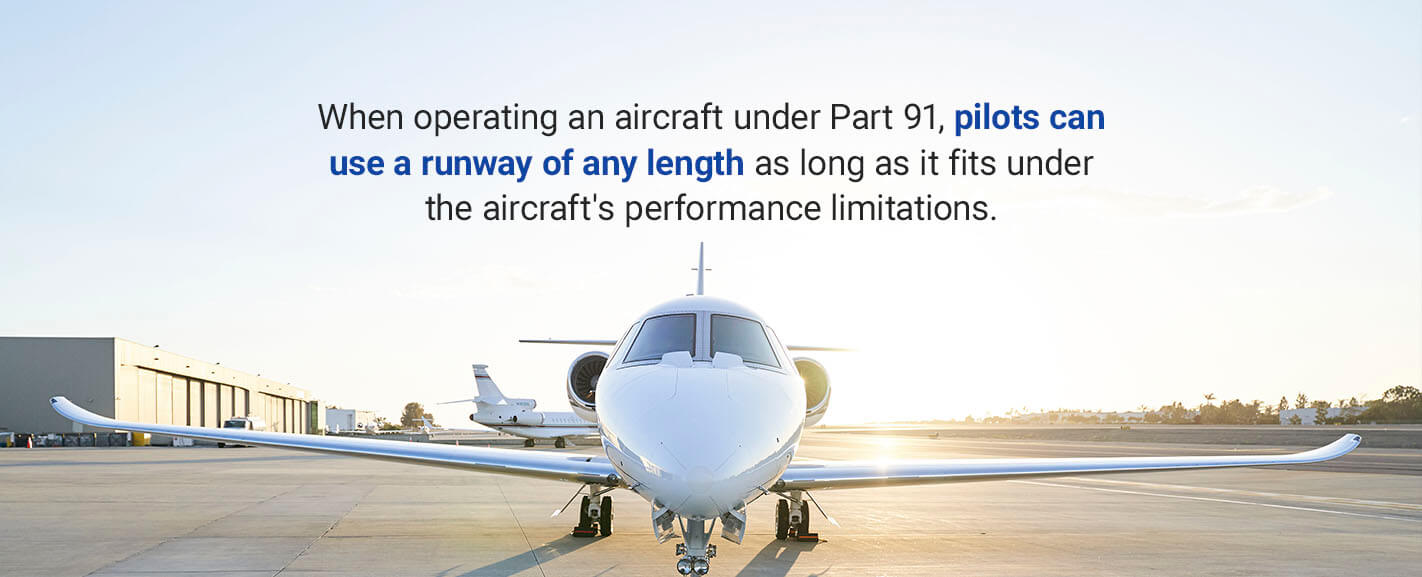
When operating an aircraft under Part 91, pilots can use a runway of any length as long as it fits under the aircraft’s performance limitations. This differs from operating an aircraft under Part 135, which requires a set amount of runway length to ensure safe takeoff and landing.
Demands for runway length change according to aircraft weight and performance characteristics.
Passenger Requirements
Passengers also have their share of requirements they must follow when flying under Part 91 or Part 135 operations regulations. Passengers can usually avoid identification for flights within the United States when flying noncommercial under Part 91 regulations. This differs from flights under Part 135 operations, which require passengers 18 years and older to have a government-issued ID as they would when flying on a commercial airline.
Why Is It Important to Know the Difference?
Knowing the difference between Part 91 operations and Part 135 operations enables you to properly plan for how you want to use your private jet and what you can expect under certain circumstances.
Here are some primary benefits of understanding FAR Part 91 and 135 differences:
- Safety: Because of the tighter restrictions on Part 135 operations, you can argue that they have more safety nets in place. This can give you more peace of mind.
- Regulations: When using your private aircraft, you want to follow all regulations. Knowing the differences between Part 91 and Part 135 operations will help you achieve this and avoid penalties.
- Intended use: Part of staying safe and following regulations is aligning your intended use of your private aircraft with the correct FAR operations. By knowing how you want to use your private jet, you can align your operations with either Part 91 or Part 135 for the safest and best outcomes.
Navigate Federal Aviation Regulations With Latitude 33 Aviation
Latitude 33 Aviation will assist you in enhancing your private jet usage. Whether you need aircraft management services, want a private jet charter, or are looking to learn more about private aircraft sales, we can help you achieve your goals.
Our team of professionals has the expertise to help you navigate federal aviation regulations so you can use your aircraft with confidence. We are part of the top 5% of United States private jet charter operators to earn the ARGUS Platinum safety rating, solidifying our standing as a reliable charter operator.
Contact us online today with any questions.

